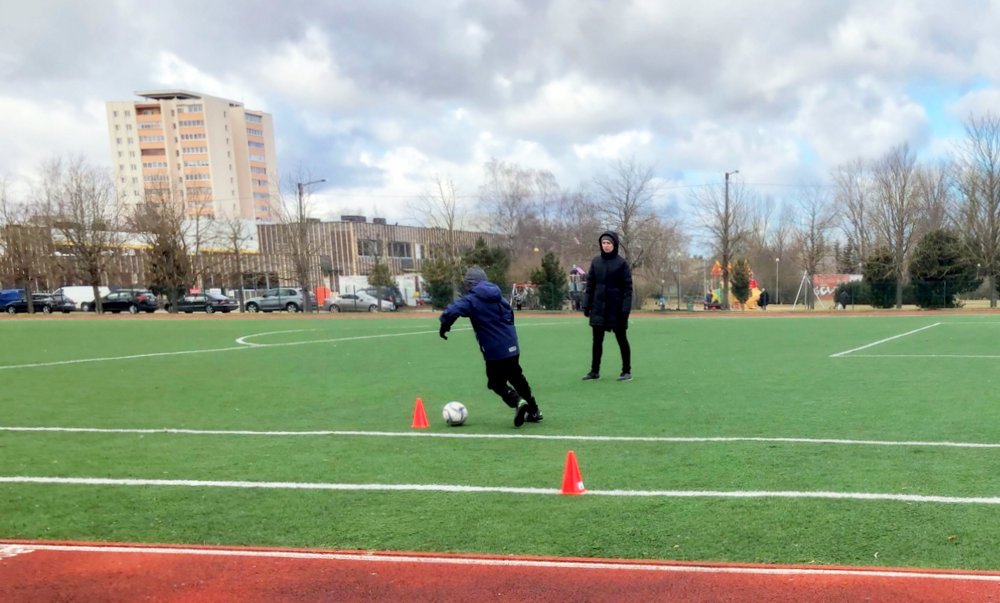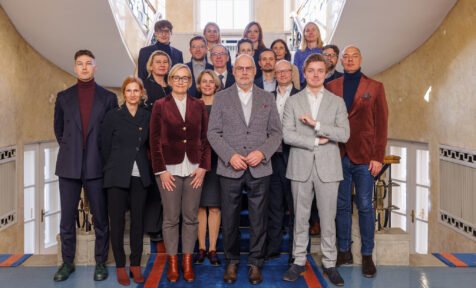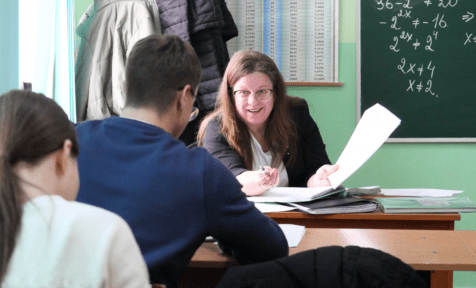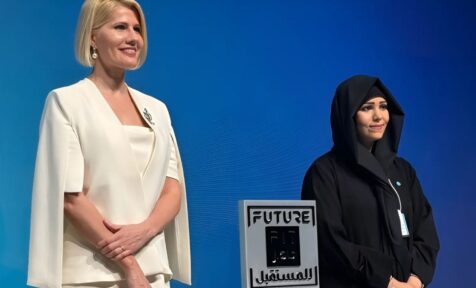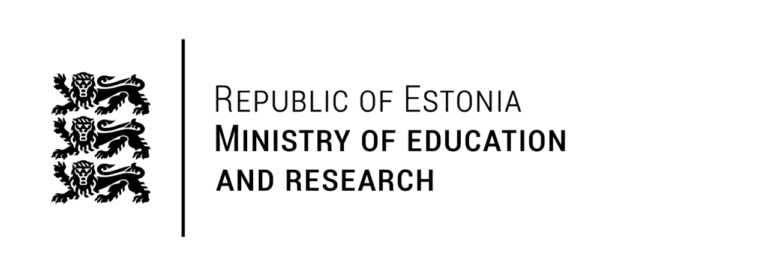Sport has long been the most common hobby education among Estonian schoolchildren. One of the bigger problems sport clubs in Estonia faced during the lockdown have been how to sustain good communication and connection with their members, especially children, says Jane Kalda from the Estonian Foundation of Sport Education in an interview for the ENGSO blog. “But the crisis has also been an opportunity and the lesson we have learnt is that people do want to do sport!”
“Covid-19 affected us in so many different ways; there are negative and positive outcomes,” says Jane Kalda.”From the crisis point of view, we can see that the lack of communication and physical activity may lead to poor mental health. This trend has been recognized throughout the country, and not only in sports sector. Secondly, when it is not possible to participate in competitions, it is complicated to maintain interest and motivate people to continue with sports. Virtual training can’t really replace in-person sessions with (live) social interaction.
In Estonia, there have been several restrictions for organized and community sport. The government implemented rules for “training” which were also applied to the sports sector. In the most restrictive periods, all indoors and outdoors organized sport activities have been forbidden. Potential financial loss has been compensated by governmental measures (financial support).
During the lockdown, the main problem that sport clubs faced was to ensure communication with their members, especially children, and motivate them to train, either independently or to participate in online trainings.
During less strict restrictions, parents were afraid to send their children to practice, especially the youngest ones. So there have been a lot of dropouts. Sport clubs faced the closure of certain training groups.
Positive impact: people move outdoors more
At the same time, we can also see a positive impact, especially in community sport. People began to move more and more, and the sport businesses have struggled to meet the demand for sports goods and equipment (bicycles, skis, sledges etc.).
The positive trend is that people move outdoors more, including the grassroots sport clubs. This is what made the training sessions more interesting.
A lot of “alternative” ways of training were used to keep the sport clubs running and the members moving: web tutorials, homework, individual plans, challenges, etc.
We think that the main challenge of the grassroots and community sport sector today is the communication with the members; how to support and motivate them to overcome the crisis, so they do not leave (the sport clubs).
The lesson we have learnt is that people do want to do sport!”
The full version of the interview was published on European Non-Governmental Sports Organisation (ENGSO) blog.
Related
- In distance but not apart: The case of COVID-19 crisis management in youth field in Estonia
- Move Lab aims to increase the share of outdoor learning
